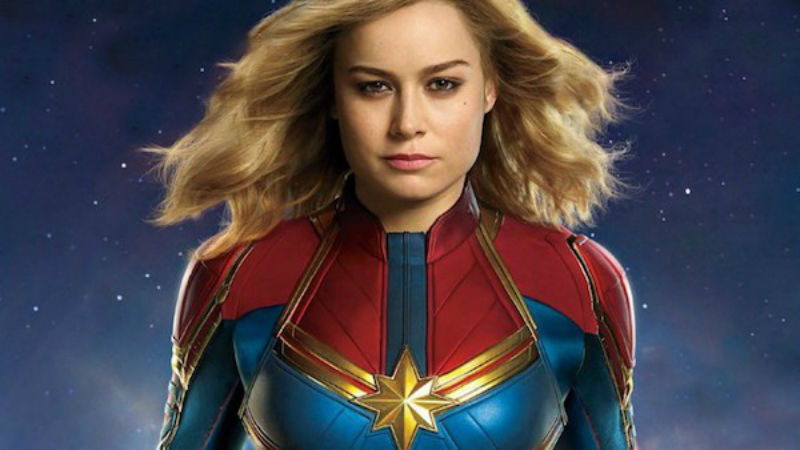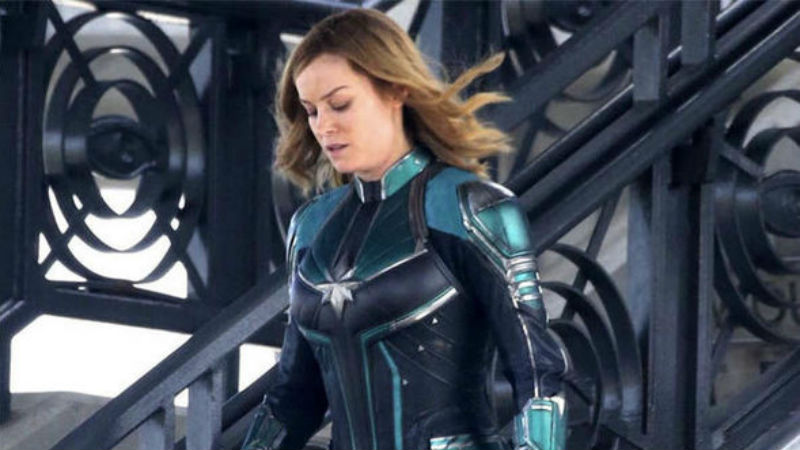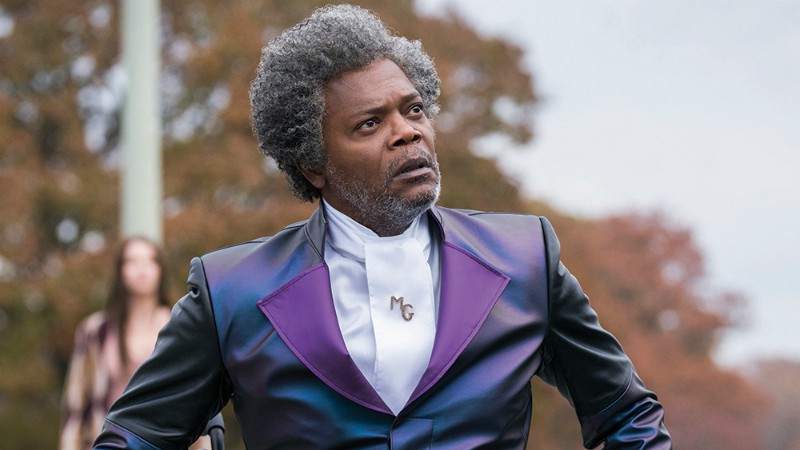Creating a meticulous portrait of prolific actor Samuel L. Jackson is no small feat, especially when you have less than a full hour to do so. Samuel L. Jackson: Did I Stutter is an overambitious project by a seasoned editor in the field of biography documentaries, Ben Sempey, who has previously delivered bios of eminent figures in the world of arts, sports, as well as painted the picture of prominent historical figures like the dictators Mussolini and Hitler. The narration, which is chiefly conveyed to the audience through snippets of interviews by Jackson himself and other artists whose career, in one way or another, intersected with that of Jackson’s during his more than 30 years working in the American film industry, is dense and this is a necessity as the runtime limitation (51 minutes) forbids any kind of extensive or thorough study on Jackson’s persona, personal history, and body of work.
Sempey chooses some hallmarks of his subject’s career, for example his initial transition from the theatre stage into the silver screen productions that began in the late 1980s, his first breakthrough roles in films directed by the onscreen poet of Black America, Spike Lee, the first roles besides mammoth actors like Al Pacino and more. The documentary ends with Jackson’s entrance into the box-office hit movies and his collaboration with George Lucas in the Star Wars franchise. Jackson is one of the few contemporary actors who can boast a catalogue of more than 150 films, and a more detailed account of his body of work would be expected by a documentary filmmaker who respects his subject and desires to provide the audience with information and minutiae never before aired on film or television.

The director focuses on Jackson’s collaboration with Quentin Tarantino in movies such as Pulp Fiction (1994) and Jackie Brown (1997) in which the veteran American actor incarnated a badass character – remember what was written on Jules Winfield’s wallet. This contributed to a stereotyped image: the tough-as-nails guy who swear and kills a lot. Nobody knows how many times Jackson has uttered the word “motherfucker” in his films. It is a mistake to think of Jackson as a one-dimensional performer. The sheer volume of his movies indicates that he can be versatile and adaptable, sometimes portraying rigid men in uniform (mainly cops or government officials), or quirky, eccentric characters who are not entirely likeable.
There are some very brief mentions of Jackson’s private life that is marked by substance addiction as a young man. The years as a beginner in cinema that were spent mainly in New York were experienced in a haze fuelled by heroin, crack cocaine and alcohol. Jackson eventually went to rehab, much he abhorred the idea. Today, he has been clean for more than 15 years. There is little or no mention of the actor’s childhood, that was also tough for another set of reasons. The stuttering of the title refers to the problem that Jackson had as a child and which was “cured” by acting alone. When he was in character, he stopped stuttering, thus winning the battle with the irritating issue.
All in all, Samuel L. Jackson: Did I Stutter fails to fulfil its mission due to the runtime restrictions and the lack of a clear narrative focus. Sempey should have focused on a single aspect of Jackson’s life instead. For example, his personal struggles, and put everything else aside. Fans might feel a little let down, as there is hardly anything new about their man.
Samuel L. Jackson: Did I Stutter? is available on Prime Video.












